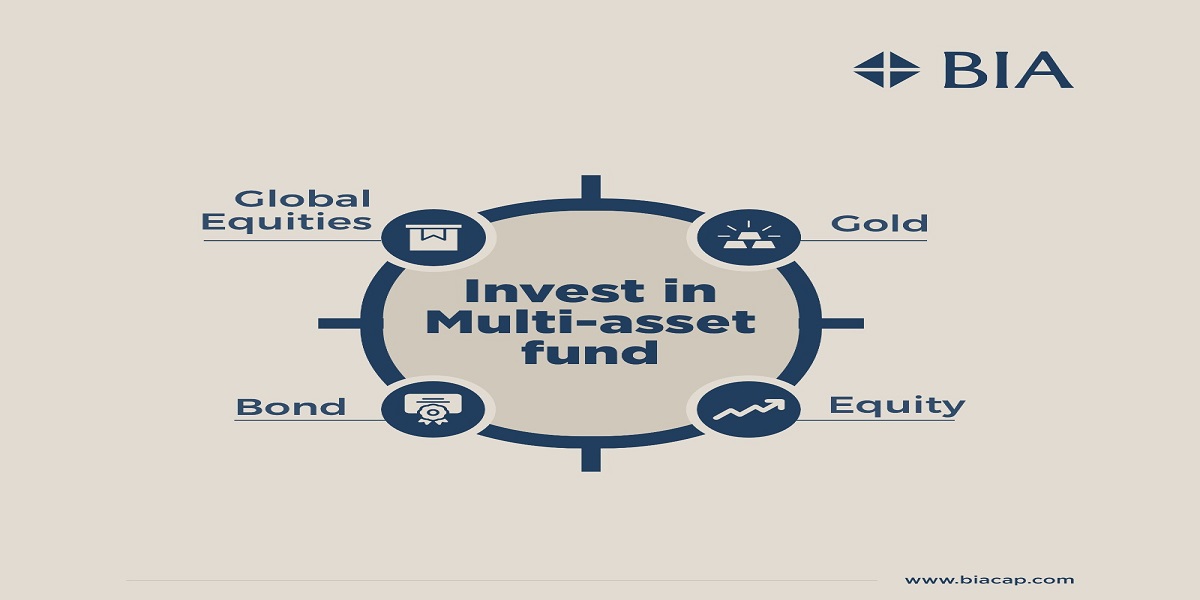Investment in Debt Mutual Funds seem simple but in fact, it is not. The changes in the interest rate scenarios require different strategies and active study of the funds before selection for investment
RBI in its recent monetary policy maintained its accommodative stance amid weakening economic growth and surging inflation. The elevated global commodity prices also continue to exert pressure on the economy. RBI continues to rely on the government’s supply-side measures to reign in pricing pressures. RBI has ruled out any potential rate hikes in the current financial year, but economists and analysts feel the time would soon come when RBI would have to think when to exit the current accommodative stance.
Why Floating rate funds now ?
- Inflation moving higher as the lockdown eases
- Highly suited during rising interest rate cycles
- Lower Sensitivity to Interest rate risk
What is a Floating rate Instrument ?
Floating rate instruments are debt securities that pay a floating rate coupon. The rates are linked with a benchmark like say MIBOR – Mumbai Inter-Bank Offer Rate. A Spread is added to the benchmark rate to determine coupon rates. Spreads vary depending on prevailing credit spreads and the demand & supply position. For e.g, A Floating rate coupon may be Mibor +2%.
Coupons are reset at predetermined frequency for example 3 months or 6 months.
Let’s understand with an example, A company issues floating-rate security which pays MIBOR +200 bps as a coupon with a reset frequency of 6 months which matures in 3 years.

Floating rate funds are most suitable when one expects the interest rates to rise. In today’s low-yield world, a steepening yield curve can have a material negative impact on fixed income returns.
Benefits of investing in a Floating rate fund
- Coupon payment reflect current interest rate regime – The Coupon payments are aligned with the current interest rate regime, therefore, provides an opportunity to gain from a rising rate scenario
- Lower sensitivity to interest rate risk – Floating rate funds have lower sensitivity to interest rate risk compared to Fixed-rate bond funds as the interest rates are reset at a frequent time frame
- Diversification – Provides investors with an option to diversify their debt portfolio and reduce risk.
Indian MF Industry has a handful of floating rate funds, TATA Amc has recently launched an NFO – Tata Floating Rate Fund which closes on the 5th of July. We have analyzed the performance of the floating rate funds below.

Current Market conditions and strategy
Currently, Investors who wish to invest in debt funds should prefer the shorter end of the curve and avoid the longer end, so that they avoid duration-sensitive funds and look for funds with low-interest rate risk.
Have a look at the yield curve of Indian G Sec compared to Corporate bonds of different durations and credit ratings.

The Above graph shows yields have narrowed between the highest credit rating AAA corporate bonds and the G-secs. Any change in Interest rates will make the yield curve steeper affecting the long-term debt investor.
Investors seeking relatively stable portfolio yields in a rising interest rate scenario should diversify some funds to Floating rate funds. Prefer floating rate funds that have higher exposure to good quality papers, so that you are not exposed to credit risk.
Though, Floating rate funds are best while raising interest rates one need to keep certain things in mind :
- A limited supply of Floating rate papers in India – Fund managers use the overnight indexed swaps to make the portfolio of floating-rate funds. This kind of transaction may have the basis risk wherein the offsetting investment in the hedging strategy does not move in tandem with the market rates.
- Credit Risk – One needs to select the fund which holds good quality papers.
We remain neutral on debt markets as RBI may not hike the rates in FY22 and expect accruals to be a major driver for return generation for the next few months. Floating rate funds have gained market share recently, investors searching for good returns with less interest risk have moved to shorter durations and Floating rate funds. Have a deeper and analytical look at your debt portfolio and take the necessary steps.




